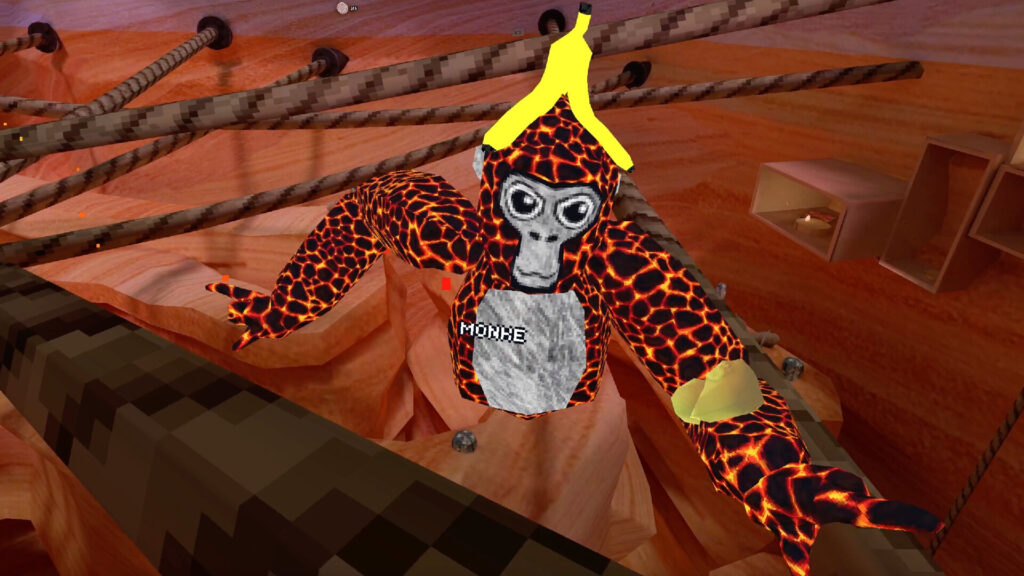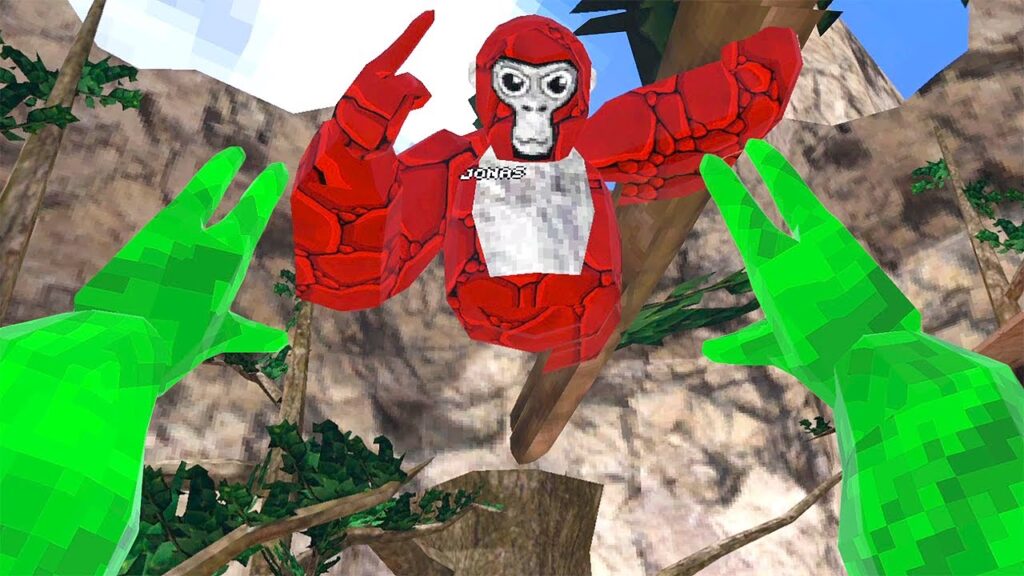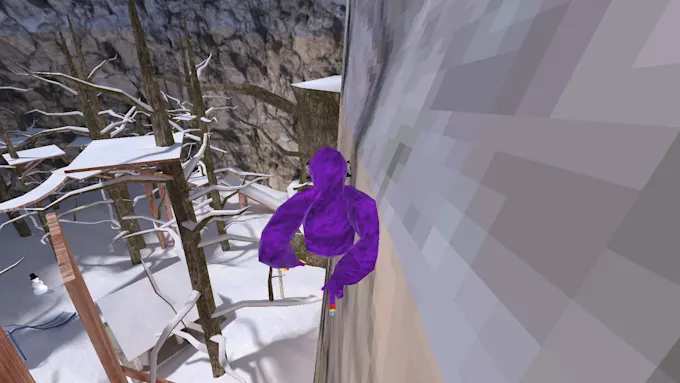Popular Now
Gorilla Tag is unlike any traditional VR game. It removes standard locomotion mechanics and instead pushes players to use only their arms to navigate the environment. The game’s simple premise—tag or avoid being tagged—becomes incredibly dynamic in virtual reality due to the physically demanding and highly skill-based movement system. Whether you’re completely new or looking to refine your wall-climbing or juking skills, this how-to guide offers step-by-step progression to help you move, dodge, and dominate in Gorilla Tag.
Understanding Gorilla Tag’s Physics-Based Movement
Before diving into advanced tricks, it’s important to understand the basics of movement in Gorilla Tag. This game uses arm-swinging physics where the direction and strength of your push dictate your momentum.
Movement isn’t done through joysticks—your body does the work. Push off the ground or walls using your arms and control your trajectory with proper timing and positioning. Consistency and rhythm are key when trying to maintain speed or direction.
Key beginner tips include:
-
Keep your arms low to push with more strength.
-
Use broad, sweeping motions rather than quick flicks.
-
Time your pushes carefully to avoid slipping or losing momentum.

Mastering the Basics: Walking, Hopping, and Vaulting
Now that you understand the physics, you can start practicing basic locomotion techniques like walking and hopping. These are the bread and butter of Gorilla Tag and form the foundation for more complex moves.
Walking is achieved by alternating hand movements in a smooth rhythm. Focus on keeping your palms open and maintaining a low, sweeping motion to keep yourself grounded.
Hopping uses both arms at once to launch you forward or upward. Vaulting is a variation used to clear obstacles. It requires coordinated arm thrusts and precision hand placement to avoid bouncing awkwardly off walls or objects.
Drills to build muscle memory:
-
Crawl across open ground for 5 minutes without stopping.
-
Set targets (like rocks or trees) and vault between them repeatedly.
-
Time yourself in laps around the map using only hopping.
Climbing Basics: Tree Climbing and Pole Grabs
Climbing is essential for escaping taggers or gaining an elevation advantage. The most basic climb is tree climbing, which involves pushing your arms against the trunk and pulling upward while rotating slightly.
Poles and vertical surfaces require a pinch-pull method: you grab, pull your body up, and then immediately grab again with the opposite hand. With practice, this becomes a fluid climb.
This can be physically tiring for new players, so pacing yourself is important early on.
Beginner climbing tips:
-
Stick to low trees and short poles before advancing to taller ones.
-
Focus on consistent grip timing.
-
Practice “arm switching” fluidly as you ascend.

Horizontal Movement: Running and Slippery Slope Techniques
Running is not just sprinting—it's a controlled rhythm of hand-slapping the ground while leaning forward slightly. To run faster, your swings need to be longer and angled slightly downward to maintain traction.
On slippery slopes (such as those in ice or canyon maps), it’s all about friction and reaction. Use short, reactive hand taps instead of full swings, and keep your arms tight to your body for faster control.
Effective horizontal movement strategies:
-
Use zig-zag paths to control speed and make yourself harder to tag.
-
Bounce along walls to gain momentum boosts.
-
Adjust arm speed based on terrain incline.
Wall Climbing: How to Scale Vertical Surfaces Like a Pro
Wall climbing is an advanced mechanic that allows vertical traversal without using objects. It starts with finding the rhythm of back-and-forth hand motions against the wall.
Use a technique called “wall bounce,” where each push upward also includes a slight angle inward to prevent slipping away. With enough practice, players can ascend smooth walls and reach otherwise inaccessible areas.
Wall climbing essentials:
-
Practice on angled walls first before moving to straight verticals.
-
Keep your body close to the surface.
-
Focus on momentum instead of brute force.

Wall Running and Lucio Running for Mobility Control
Wall running (sometimes called Lucio running, inspired by Overwatch’s Lucio character) allows players to move laterally across wall surfaces. It requires finesse, speed, and timing.
To wall run, push into the wall at a slight upward angle while swinging one arm in a diagonal arc. Alternate with the other hand for balance. This works best on curved or gently sloped surfaces.
Key things to practice:
-
Start on U-shaped structures for safer wall runs.
-
Time each bounce before the loss of momentum.
-
Keep your hands out at shoulder width for better contact.
Juking Techniques: Fakeouts, Spins, and Micro-Movements
Juking is how you survive intense tag sessions. A juke is any deceptive movement meant to confuse your pursuer. This includes fake jumps, spin-outs, and short feints.
One common juke is the “360 spin,” where you rotate your entire body mid-hop to dodge. Another is the “reverse wall bounce,” where you fake climbing a wall and then bounce backward. Micro-movements—subtle changes in hand position and direction—can be used to stay unpredictable.
Types of jukes to master:
-
Side-hop spin juke
-
High-to-low elevation fake
-
Quick-stop feint juke
Using the Environment: Map Awareness and Route Planning
Each map in Gorilla Tag has different obstacles, hiding spots, and elevation changes. Learning how to use these strategically can change the tide of a match.
Canyons offer tight wall-running spaces. Forest maps give lots of tree coverage. Ice maps challenge you to balance momentum. By understanding the unique opportunities each map presents, you can plan escape routes or ambush paths accordingly.

Environmental tips:
-
Use rocks, branches, and vertical poles as launch points.
-
Learn to transition between low and high ground quickly.
-
Always have an escape path when camping high ground.
Advanced Training Routines for Speed and Stamina
Gorilla Tag is physically demanding. Just like any sport, training your real-life endurance and upper-body strength helps you perform better in-game.
Build routines around:
-
Daily wall climbing sessions
-
Hopping time trials
-
Controlled juke practice with a friend
-
Timed map laps with increasing intensity
Also consider stretching and rest. Overusing your arms can lead to strain or injury.
Pro player drills:
-
3-minute speed runs through the Forest map.
-
10-minute wall climb intervals on Canyon walls.
-
“No ground” rounds where you stay airborne or on surfaces only.
VR Calibration and Player Comfort Optimization
Many players overlook how much comfort settings impact performance. Bad headset alignment, poor tracking, or improper height calibration can destroy your gameplay.
Start by setting your height and Guardian boundary properly. Next, adjust headset tightness and controller straps for maximum responsiveness. Finally, clear your real-life play space—this is a full-body experience.
Comfort checklist:
-
Align Guardian zone with full arm extension.
-
Use a wrist strap loop for extra controller grip.
-
Play on non-slip flooring or with a soft mat for safe landing.
Conclusion
Mastering Gorilla Tag is more than just running and jumping—it’s a mix of athletic movement, spatial awareness, and competitive instincts. Starting from basic movement like crawling and hopping to advanced skills such as wall climbing and juking, this guide is your roadmap to becoming one of the best apes in the lobby. With dedicated training, an understanding of physics, and a little creativity, you’ll soon be leaping through the treetops and dodging taggers with style. Gorilla Tag is not just a game—it’s a workout, a thrill, and a competitive arena all rolled into one.
















